This post may contain affiliate links. Please see our disclosure policy.
Clover jelly is an easy-to-make floral jelly with a surprising flavor. Just about anyone can harvest wild clover flowers and appreciate this unique natural treat.
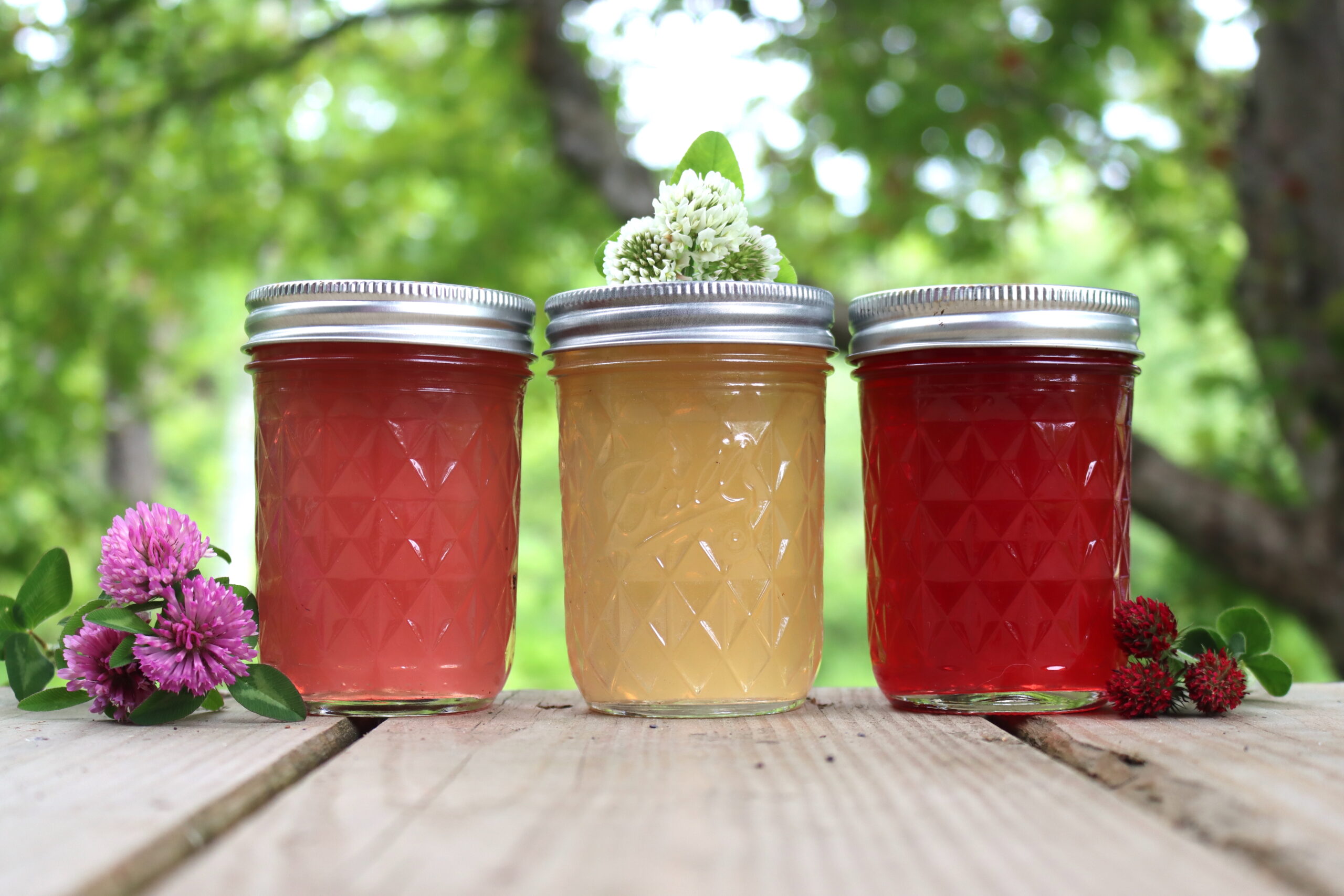
Table of Contents
- A Quick Look at the Recipe
- What Does Clover Jelly Taste Like?
- Harvesting Clover For Flower Jelly
- Ingredients for Clover Jelly
- How to Make Clover Jelly
- Canning Clover Jelly
- Clover Jelly Variations
- Clover Recipes
- Flower Jelly Recipes
- Clover Jelly Recipe
- Sugar Amounts
- Flower Jelly Recipes
- Herbal Jellies
- Wild Foraged Canning Recipes
Floral jellies are fun to make, especially with your little ones in tow, and the flavors never cease to amaze me.
Belive it or not, the flavor or many fruits is tied to their color, and edible flowers have many of the same color compounds in their blososms. A wild violet jelly tastes surpisingly like fresh spring berries, and those tiny blooms have many of the same color compounds as raspberries and blueberries.
Clover flowers come in a variety of colors, and as a result, clover jelly comes in a variety of “flavors” depending on the blossoms you choose.
We have red clover (which is actually pink), white clover, and crimson clover growing on our land, and this year, we experimented with making multiple batches of homemade clover jelly to test out the flavors. These little beauties didn’t dissapoint, and they were all amazing.
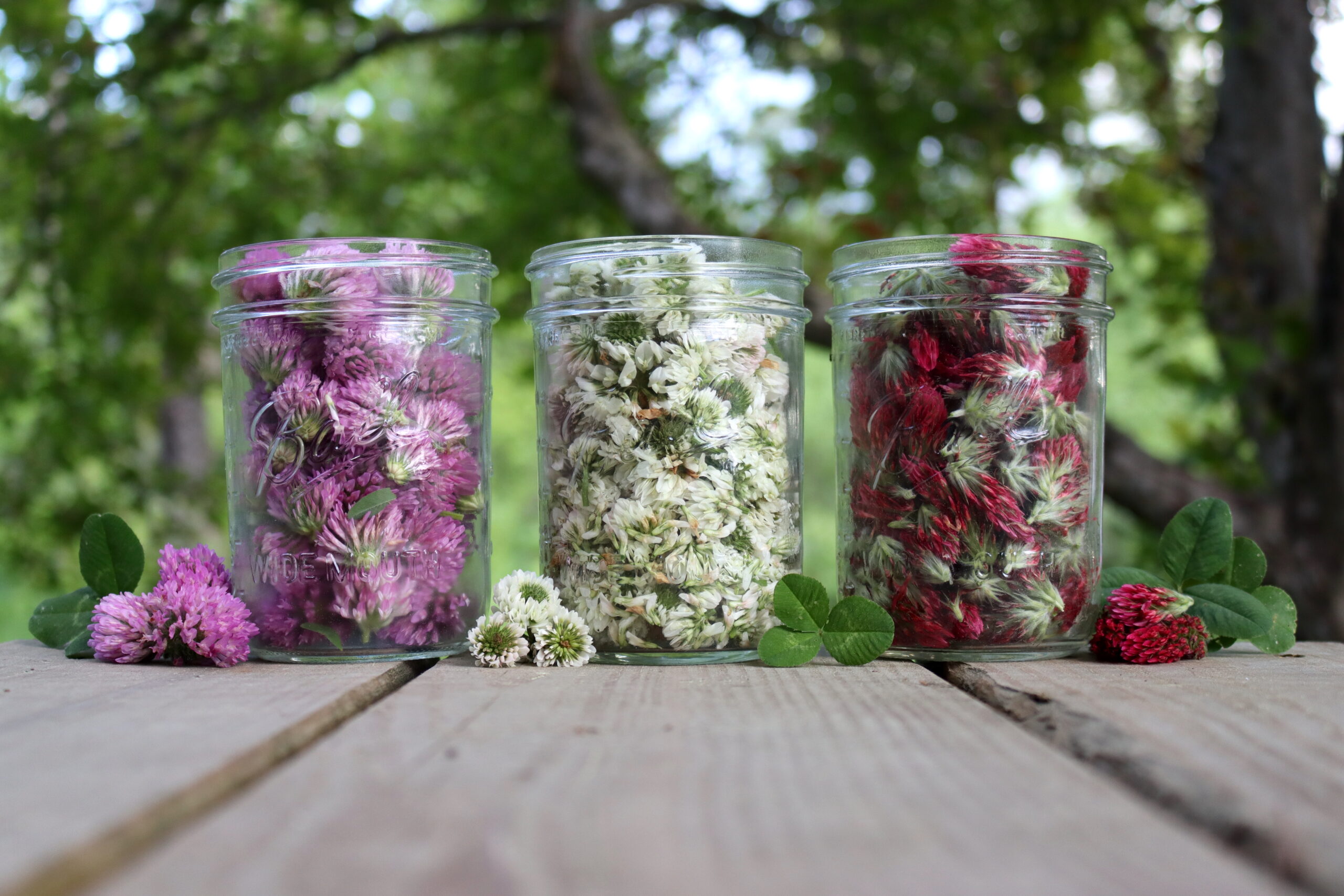
A Quick Look at the Recipe
- Recipe Name: Clover Jelly
- Recipe Type: Flower Jelly Recipe
- Canning Method: Waterbath Canning
- Prep/Cook Time: 30 Minutes
- Canning Time: 10 Minutes
- Yield: 4 to 5 half pint jars
- Jar Sizes: Quarter Pint, Half Pint or Pint
- Headspace: 1/4 inch
- Ingredients Overview: Edible Flowers, Water, Lemon Juice (not optional), and sugar
- Difficulty: Easy! You’re basically making a quick tea and setting it with pectin.
- Similar Recipes: The process is very similar to making other wild foraged flower jelly, including Elderflower Jelly, Fireweed Jelly, Dandelion Jelly, Redbud Jelly, Grape Hyacinth Jelly, or Violet Jelly.
What Does Clover Jelly Taste Like?
The color of the clover flower, and thus the species variety, is going to determine the flavor.
Just so my eyes wouldn’t bias me, I asked my husband and daughter to be my blind taste test crew. They didn’t know they were going to be tasting clover jelly, and I had them close their eyes so they couldn’t see the colors in the jars.
It was a truly blind taste test!
- Red clover makes a pink jelly that tastes like fresh plums with floral notes.
- White clover has a tropical flavor, a bit like pineapple, but with something more going on that’s hard to put your finger on.
- Crimson clover tastes almost exactly like red currant jelly.
Personally, I was really impressed with the flavors, and I agreed with both my daughter and husband on their guesses. The clover jellies really taste like plum, pineapple, and red currant. The red currant floor of the crimson clover was especially intense, and given the color is the same, I’m not sure I could tell the difference between my homemade red currant jelly and a crimson clover jelly.
Not bad from a wildflower!
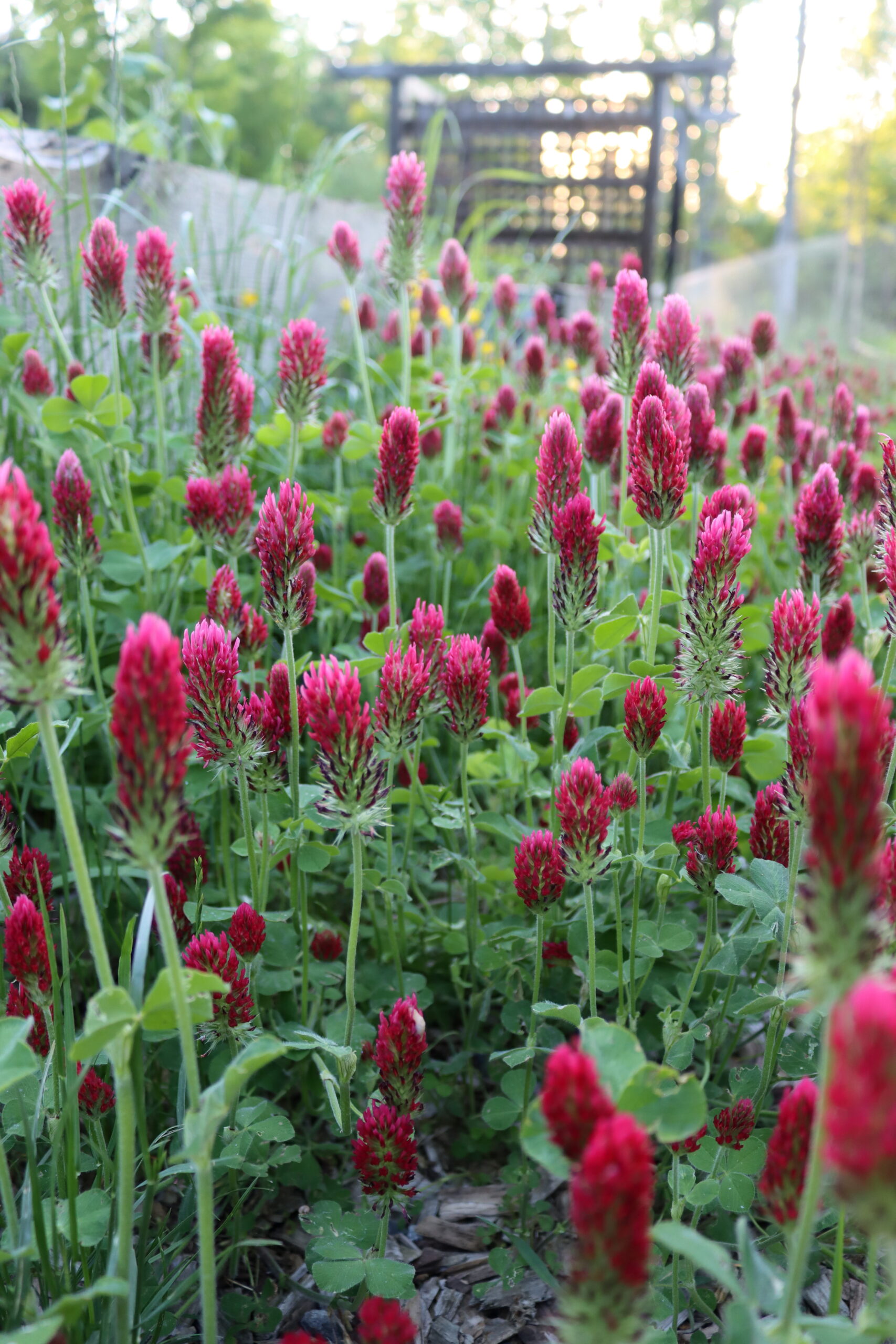
Harvesting Clover For Flower Jelly
Obviously you’re going to want to find a clean spot to harvest your clover, away from areas that are sprayed or where people walk their dogs. Look for an out of the way spot that’s away from roadsides and run-off too.
For a whole “batch” of clover jelly using a full box of pectin, you’ll need 4 cups of clover blossoms. You can also make a half batch easy enough, with just 2 cups of blossoms.
A single box of pectin is 6 Tbsp, so to make a half batch, you’d just use 3 Tbsp and reserve the rest for other recipes.
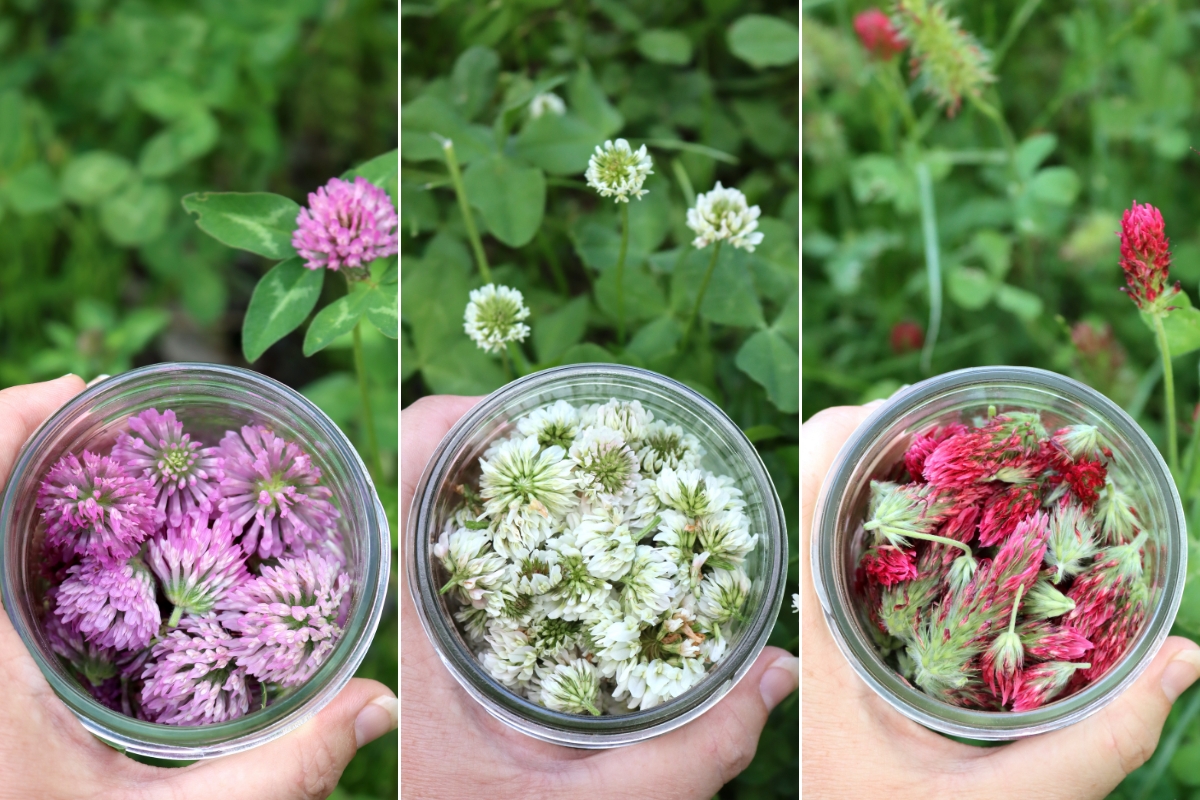
Ingredients for Clover Jelly
To make a flower jelly from clover flowers, you’ll need freshly harvested blooms, plus water, sugar, pectin, and a bit of lemon juice.
For a 4 to 5 jar batch (8 oz each), you’ll need the following:
- 4 cups clover flowers (red, white or crimson, or a mix)
- 4 cups water
- 2 tbsp lemon juice (or ½ tsp citric acid)
- 1 to 4 cups sugar *see note
- 1 box (1.75 oz) pectin (Regular or Low Sugar)
The lemon juice helps balance the flavor of the sugar, adding a bit of tart contrast to bring out the flavor of the flowers. It also lowers the pH, which helps the pectin set, and also preserves the jelly and makes it safe for canning. Don’t skip it!
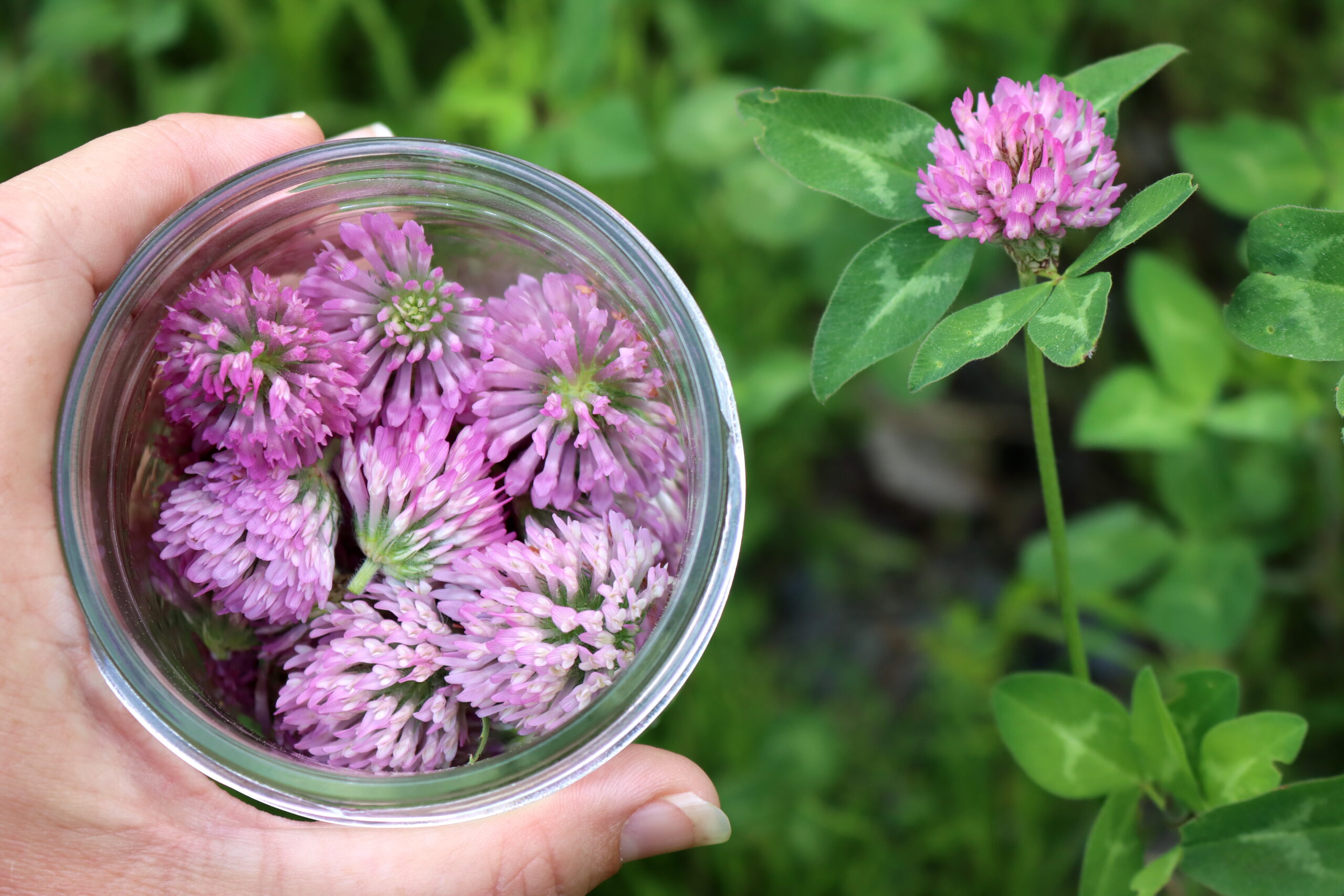
Even if you’re not canning the jelly, you do need lemon juice. If you want a more neutral flavor instead, you can use citric acid powder (dissolved in a bit of water).
Citric acid granules are much stronger than citrus juice, and they’re used at a rate of 1/4 teaspoon of citric acid in place of each Tablespoon of lemon juice (or lime juice) in a recipe.
This recipe has 2 Tablespoons of lemon juice, so you’d need 1/2 teaspoon of citric acid per batch.
For pectin, I generally use sure jell or sure jell low sugar pectin, as they’re really dependable and result in the best texture in my opinion. (I’ve tried just about every type of pectin on the market.)
For regular sure jell pectin, you’ll need to add a minimum of 4 cups of sugar because it’ll only jell with a 1:1 liquid to sugar ratio. Sure jell low sugar will gel with any amount of sugar, and you can use as little as 1/2 cup for a barely sweet jelly. I’d suggest using 1 to 2 cups for a lower-sugar recipe that’s still sweet enough.
(Sure jell low sugar can also be used with full sugar recipes, so that’s what I usually keep on my shelf because it works great regardless of the sugar you choose.)
If you have Ball Flex Batch Pectin, you’ll need 6 Tbsp. (which is equal to a 1.75 oz box of other types of pectin). That’s true for their regular and low-sugar canisters.
The recipe card below also has instructions for liquid pectin, which requires astronomical amounts of sugar (7 cups sugar to 4 cups liquid). I don’t use it, but some people prefer that type of pectin, so I’ve included it just in case.
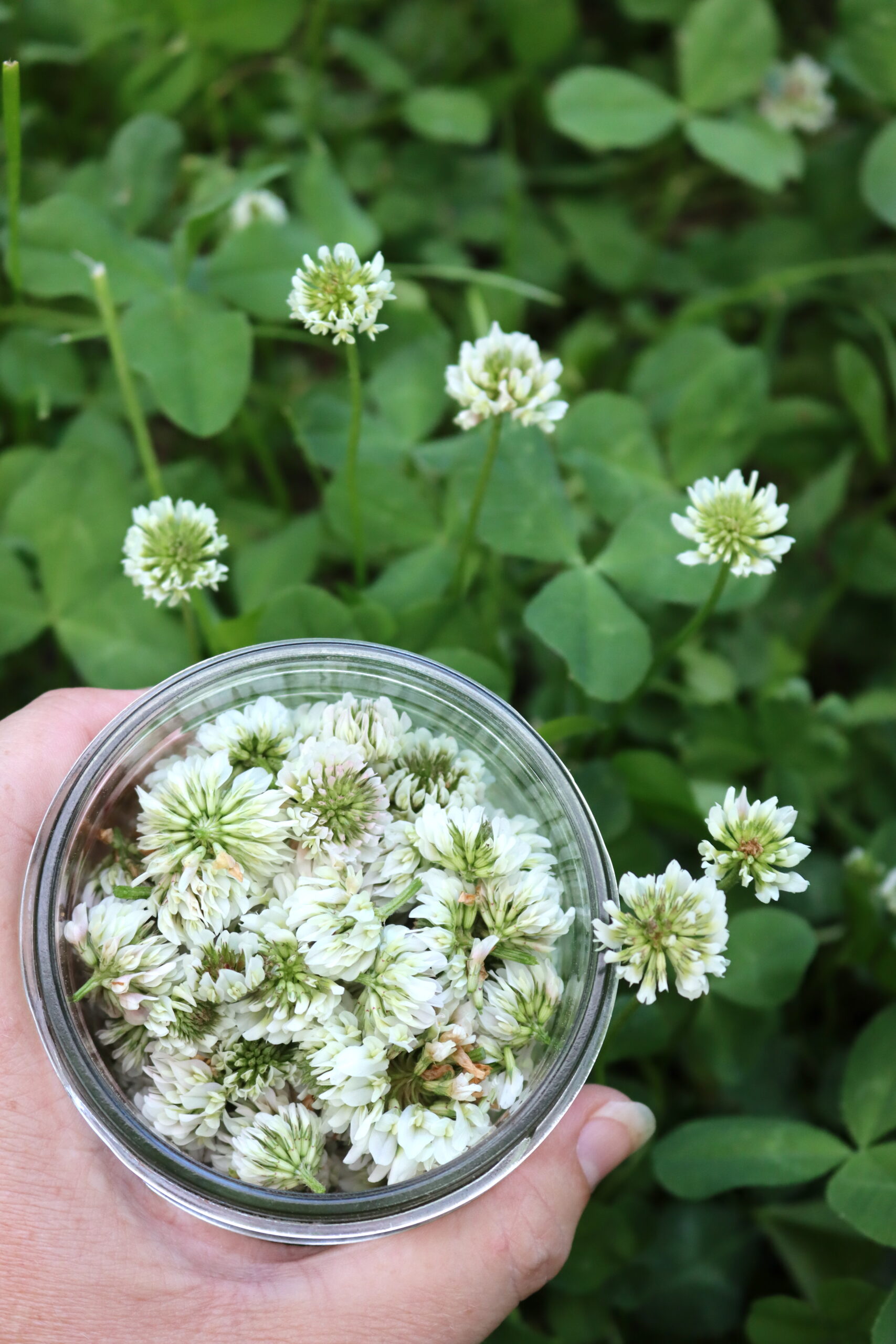
How to Make Clover Jelly
Making jelly from clover blossoms isn’t all that different from making any type of floral jelly.
You’ll need 2 to 4 cups of fresh blossoms. I like to pick them directly into a quart jar because it’s just the right size for the next step, which is steeping in 4 cups of boiling water.
Steep the clover flowers for about 15 to 20 minutes, and then strain.
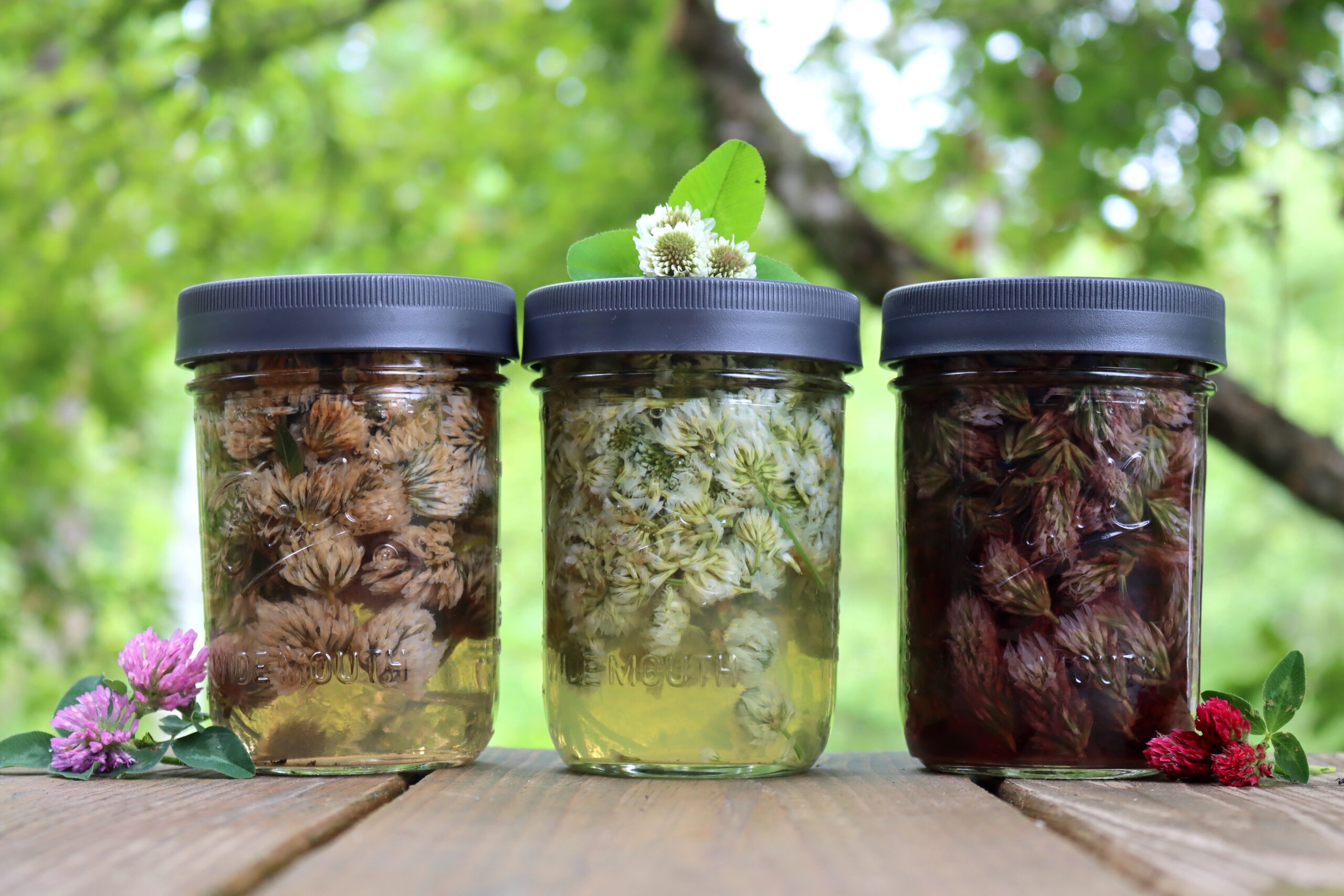
Pour the clover tea into a jelly pot and add 2 tablespoons of lemon juice. (The lemon juice balances the sweetness from the sugar, and also makes the jelly safe for canning. I’d recommend it even if you’re not canning your jelly.) Next, bring the tea to a boil.
Add in one box of powdered pectin. (I use sure jel generally, but any standard 1.75 oz box of pectin will work.)
Stir in the pectin until it’s completely dissolved and boil for 1 full minute.
Next, add the sugar. Standard pectin requires a 1:1 ratio of sugar to liquid to gel. Since we’re working with 4 cups of clover tea, you’ll need 4 cups of sugar.
If you use a “low sugar” pectin, such as Sure Jel low sugar, then you can use as little sugar as you’d like. For a very low sugar jelly, you can use as little as 1/2 to 1 cup sugar to 4 cups clover tea.
After you’ve added the sugar, stir to completely dissolve and return the mixture to a hard boil on the stove for 1 minute.
After 1 minute, remove the mixture from the heat and ladle it into prepared jars.
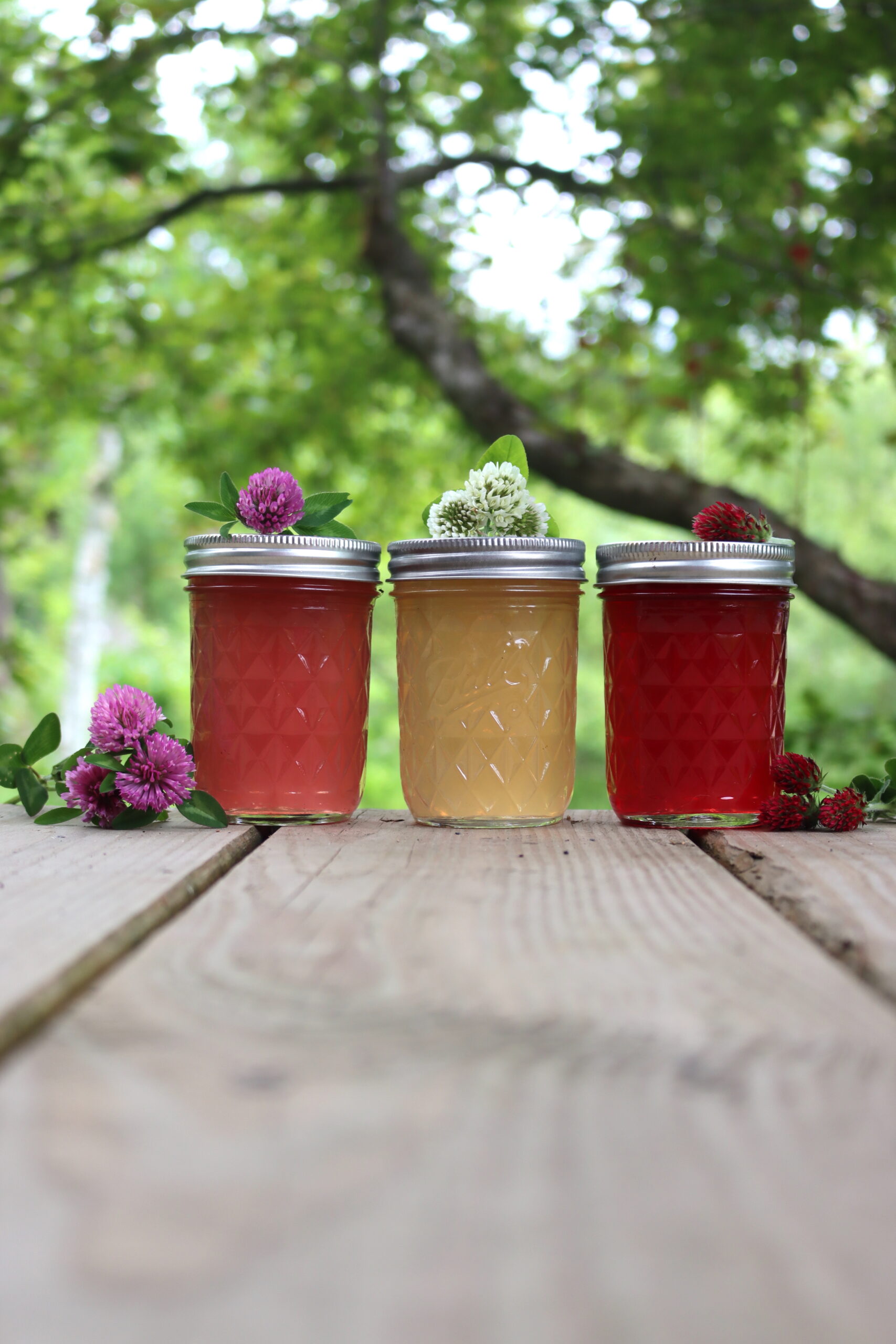
Canning Clover Jelly
Canning this floral jelly is optional, and you can simply store it in the refrigerator, where it’ll last several weeks. Freezing is also an option, provided you’re using freezer-safe jars.
Personally, I like the simplicity of processing the jars in a water bath canner because it allows me to store the jelly right on the pantry shelf year-round. I can have the fresh fruity flavor of clover jelly any time of year, and it’s not taking up refrigerator or freezer space in the meantime.
To can this jelly, be sure you’ve used lemon juice, which lowers the pH of the mixture enough for canning.
Prepare a water bath canner, canning jars, and lids before you start making the jelly. Make the jelly as otherwise, but then ladle into prepared canning jars leaving 1/4 inch headspace.
Seal the jars with 2 part canning lids and then process for 10 minutes in a water bath canner (15 minutes if above 6,000 feet in elevation).
Once the canning time is complete, remove the jars to cool on a towel on the counter. Properly canned and sealed jars will maintain quality on the pantry shelf for 12-18 months. Refrigerate after opening.
Clover Jelly Variations
Choosing different blossom colors gives you quite a bit of variation in flavor, but you can also mix it up a bit with other ingredients.
Try switching the lemon juice out for lime juice, especially in white clover jelly, for an even more tropical flavor.
The crimson clover variation would be wonderful with a bit of almond extract of vanilla, and the fresh plum flavor of the red clover would go well with a hint of cinnamon or cloves.
If you want to skip the boxed pectin, you could try using a high pectin fruit and infusing clover into the juice. The thing is, clover’s flavor is so mild, it’d have to be a very mild flavored fruit. The best option I can think of is infusing clover into white currant jelly.
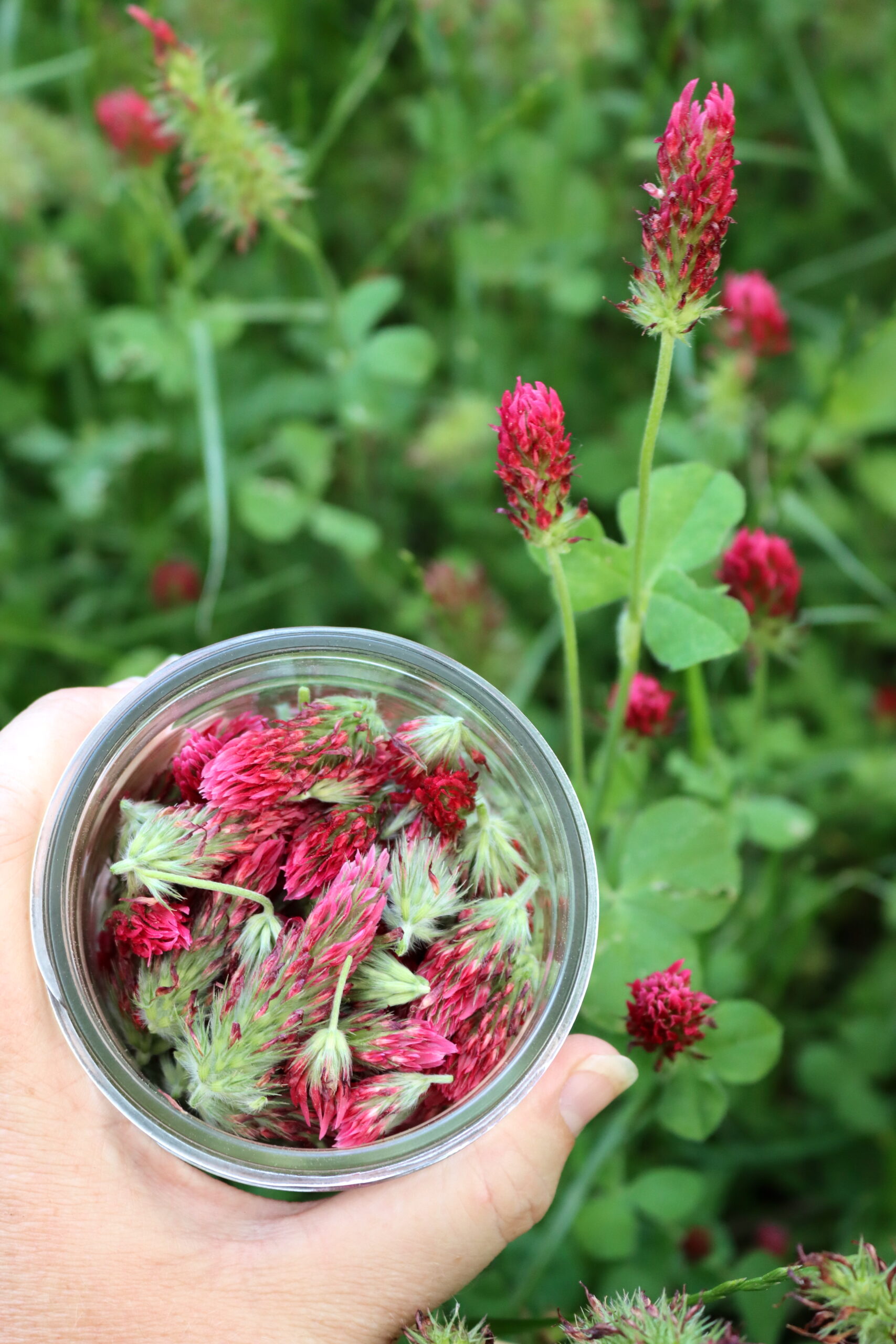
Clover Recipes
Looking for more ways to enjoy edible clover blossoms?
If you tried this Clover Jelly Recipe, or any other recipe on Creative Canning, leave a ⭐ star rating and let me know what you think in the 📝 comments below!
And make sure you stay in touch with me by following on social media!
Flower Jelly Recipes

Clover Jelly
Ingredients
- 4 cups clover blossoms
- 4 cups water
- 2 tbsp lemon juice
- 1 to 4 cup sugar, see note
- 1 box powdered pectin, 1.75 oz pectin (Regular or Low Sugar)
Instructions
- Harvest 4 cups of clover blossoms from a clean, unsprayed, and unpolluted area.
- Pour 4 cups boiling water over the top of the flower blossoms and allow the tea to infuse for about 10 minutes.
- Strain the floral tea into a saucepan or jam pot. Add the lemon juice, which will help bring out the best color in the jelly, but it's also required to balance the sugar in the recipe and help the pectin set. Beyond that, it adds acidity to help preserve the jelly, so don't skip the lemon!
- Bring the mixture to a boil and add the powdered pectin, stirring to dissolve. Allow the mixture to boil for 1 minute before adding sugar. (Note: Do not add the sugar at the same time as the pectin, or before the pectin, or the jell will not set.)
- Add the sugar, stirring to dissolve (See notes on quantity). Bring the mixture back to a full boil for 1 minute before ladling into jelly jars, leaving 1/4 inch headspace.
- If canning, process in a water bath canner for 10 minutes (or 15 minutes above 6,000 feet in elevation). Otherwise, allow the jars to cool completely on the counter before storing in the refrigerator (for up to a month) or the freezer for up to 6 months.
Notes
Sugar Amounts
If using standard pectin, you must use a 1:1 ratio of liquid to sugar. That means for 4 cups flower blossom tea you'd need a minimum of 4 cups sugar to get the jelly to set. That results in a very sweet "old-fashioned" jelly. To reduce the sugar, simply use low-sugar pectin instead and then make the jelly as instructed but using less sugar. I suggest sure jel low sugar, which is very dependable. Lowering sugar will also lower yield, and the yield of 5 half-pints is for a full sugar recipe. If using Pomona's Universal Pectin, the instructions are different, as that is a 2-part low sugar pectin, as that is a 2-part low sugar pectin. Most pectins include citric acid to help drop the pH, but pomona's doesnt. If you're using pomonas for a floral jelly, you'll need to increase the lemon juice to 1/2 cup (from 2 Tbsp). Follow the instructions provided in the Pomona's box for mint jelly. If using liquid pectin, the order of operations is different (pectin is added last, sugar first). Liquid pectin also requires a lot more sugar to set (7 cups sugar to 4 cups liquid). I don't recommend liquid pectin because of the high sugar levels required for set, but it will work if that's your preference. If you have Ball Flex Batch Pectin, you’ll need 6 Tbsp. (which is equal to a 1.75 oz box of other types of pectin). That’s true for their regular and low-sugar canisters.Nutrition
Nutrition information is automatically calculated, so should only be used as an approximation.
Flower Jelly Recipes
Stock your pantry with these tasty floral jellies!
- Peony Jelly
- Dandelion Jelly
- Lilac Jelly
- Violet Jelly
- Rose Petal Jelly
- Elderflower Jelly
- Nasturtium Jelly
Herbal Jellies
Flowers aren’t the only plants in the garden that make wonderful jellies!
Wild Foraged Canning Recipes
There’s more than one way to put up a little wild-foraged goodness!
- Autumn Olive Jam
- Pin Cherry Jelly
- Pickled Ramps
- Wild Grape Jelly
- Aronia Jelly
- Black Locust Flower Jelly
- Redbud Jelly
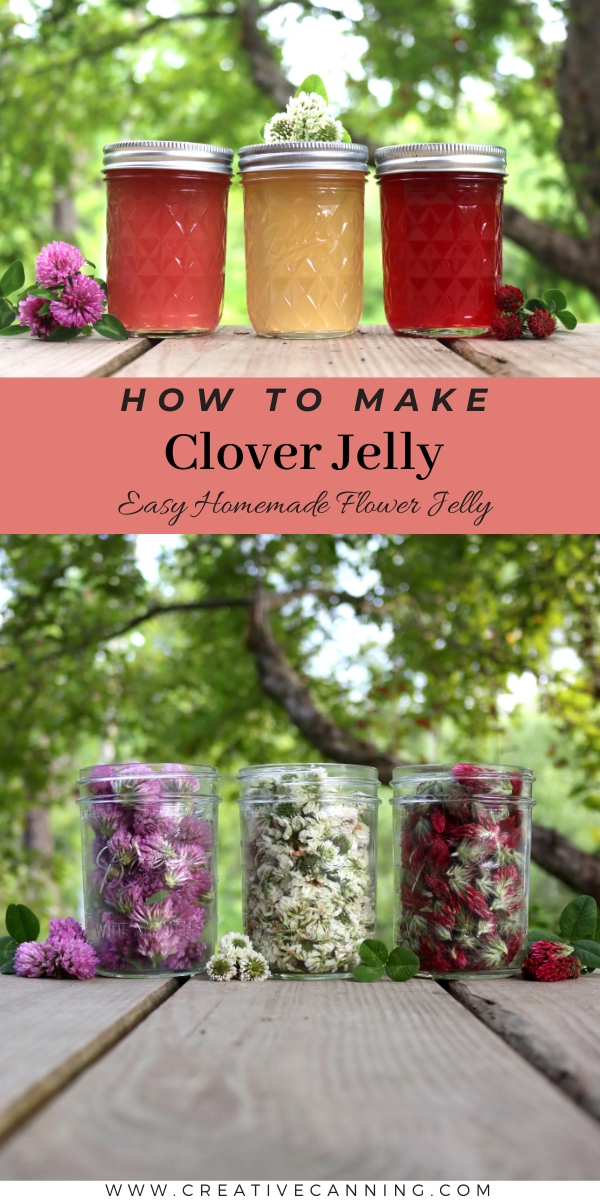
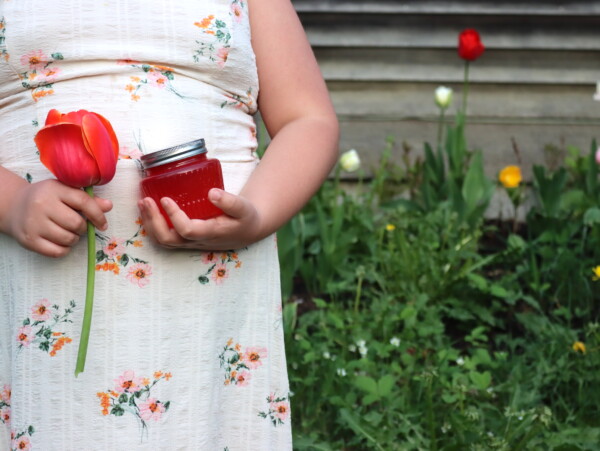
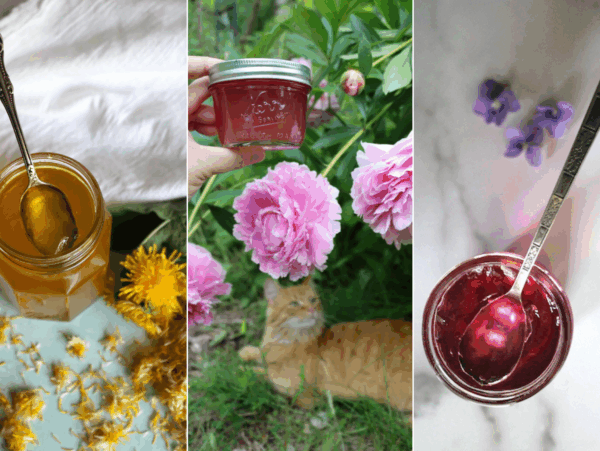
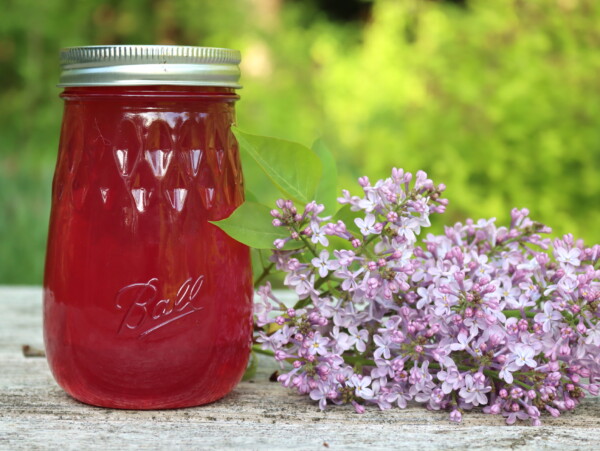
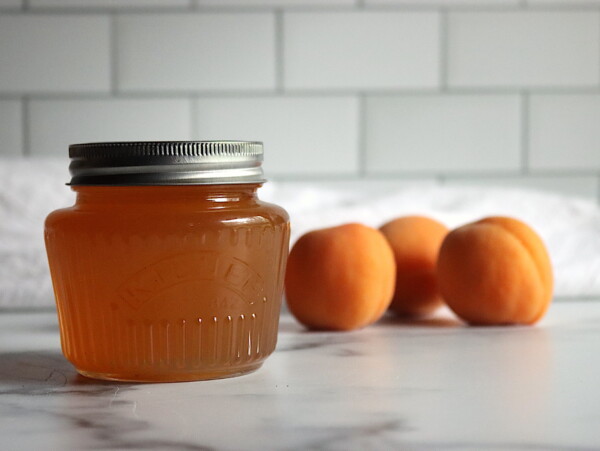
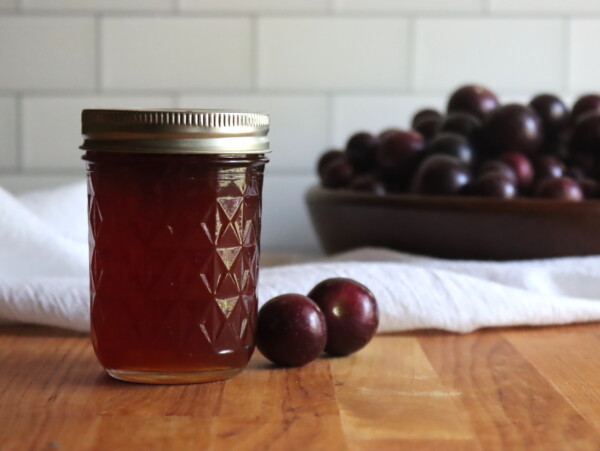
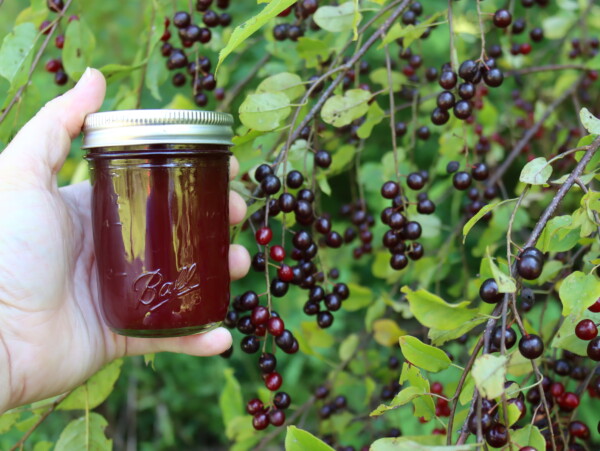
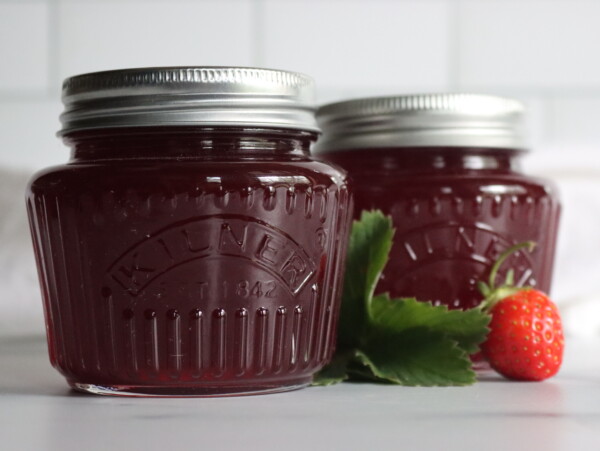
Hello from Michigan! I made the red clover jelly this morning! It looks and smells delicious, but it hasn’t set yet, how long can it take to set? Thank you
Angie
With pectin, jelly can take up to 72 hours to set. Give it a bit of time.
Thank you, Ashley, for responding. I can’t wait to give it a try! It looks amazing!
can u mix the diffrernt clovers together and i make beuty berry jelly its basically the same recipe as clover
Yes, you can mix the colors together however you’d like.
Great Recipe!
My first ever attempt at making jelly and it was delish and had a great smooth texture! I used four cups of clover infusion and 3 cups of sugar with a low sugar pectin. VERY PLEASED!
Wonderful!